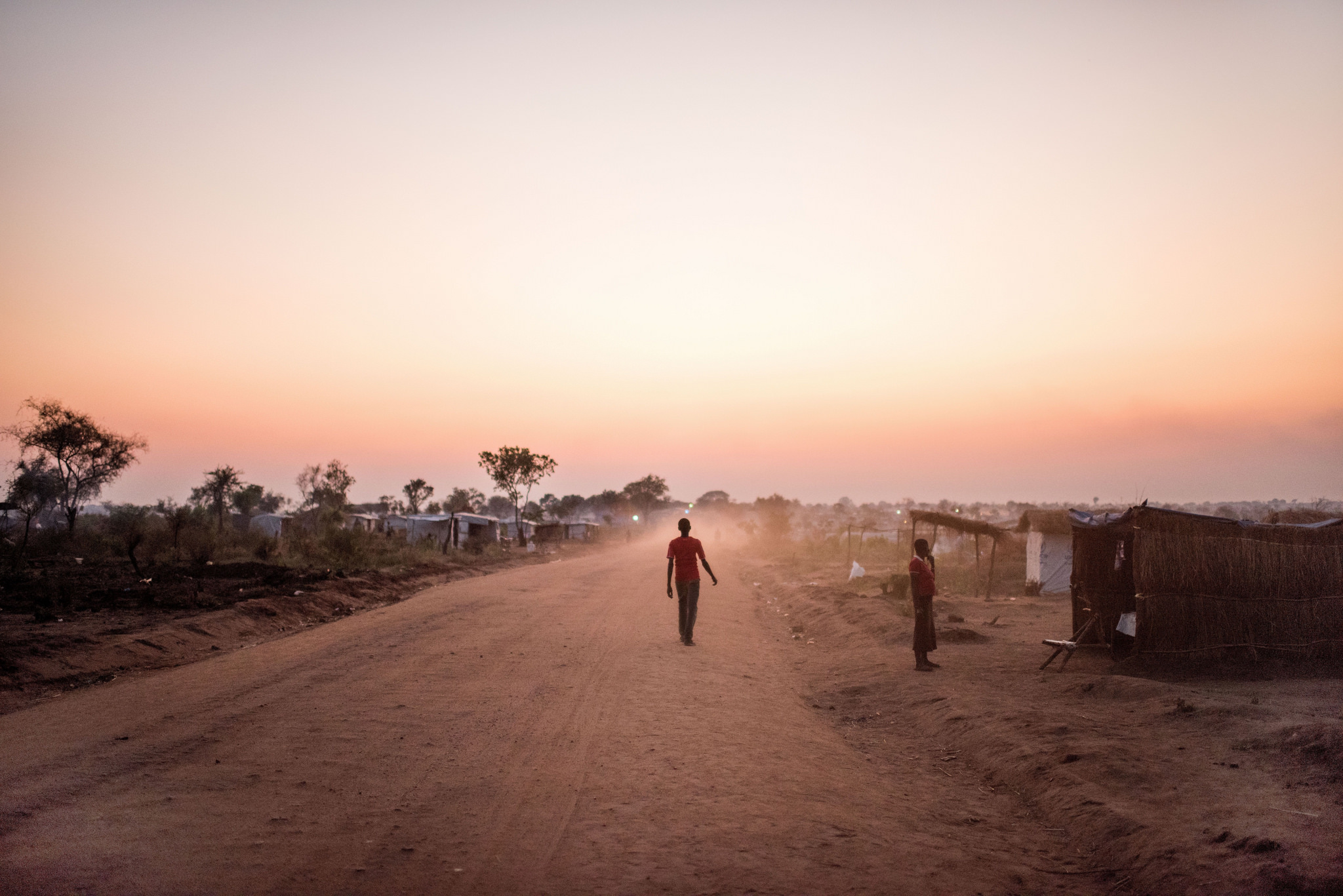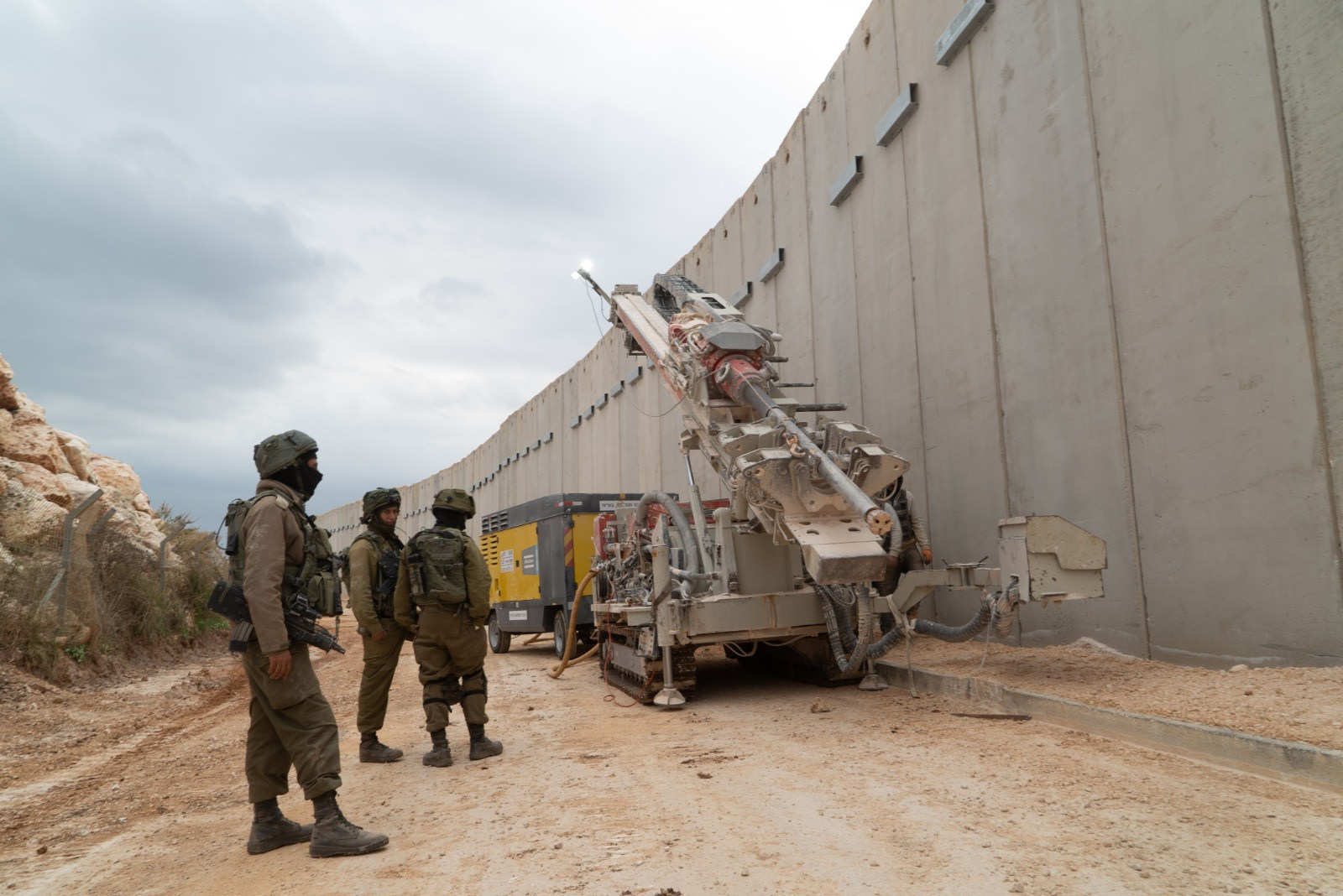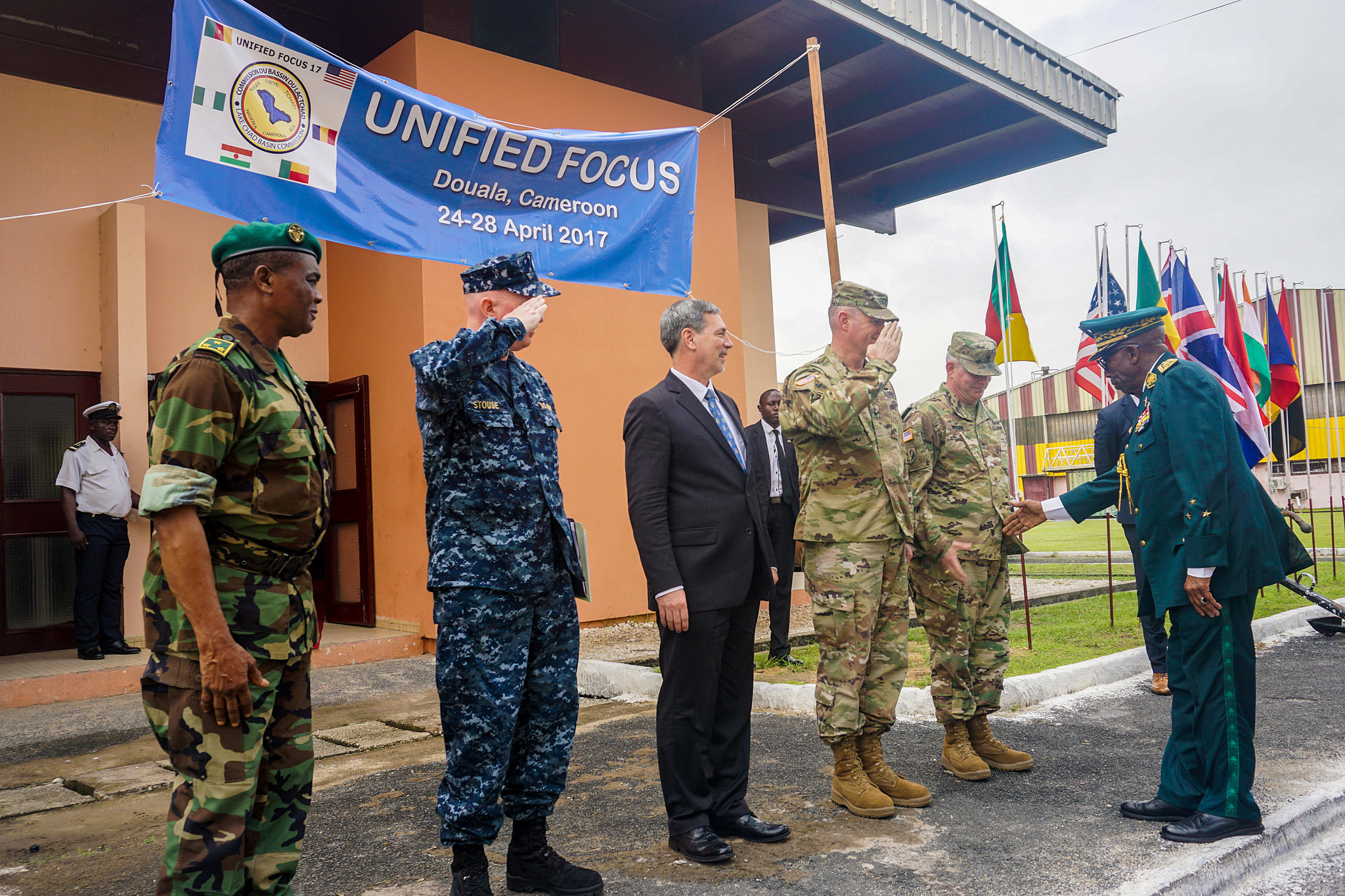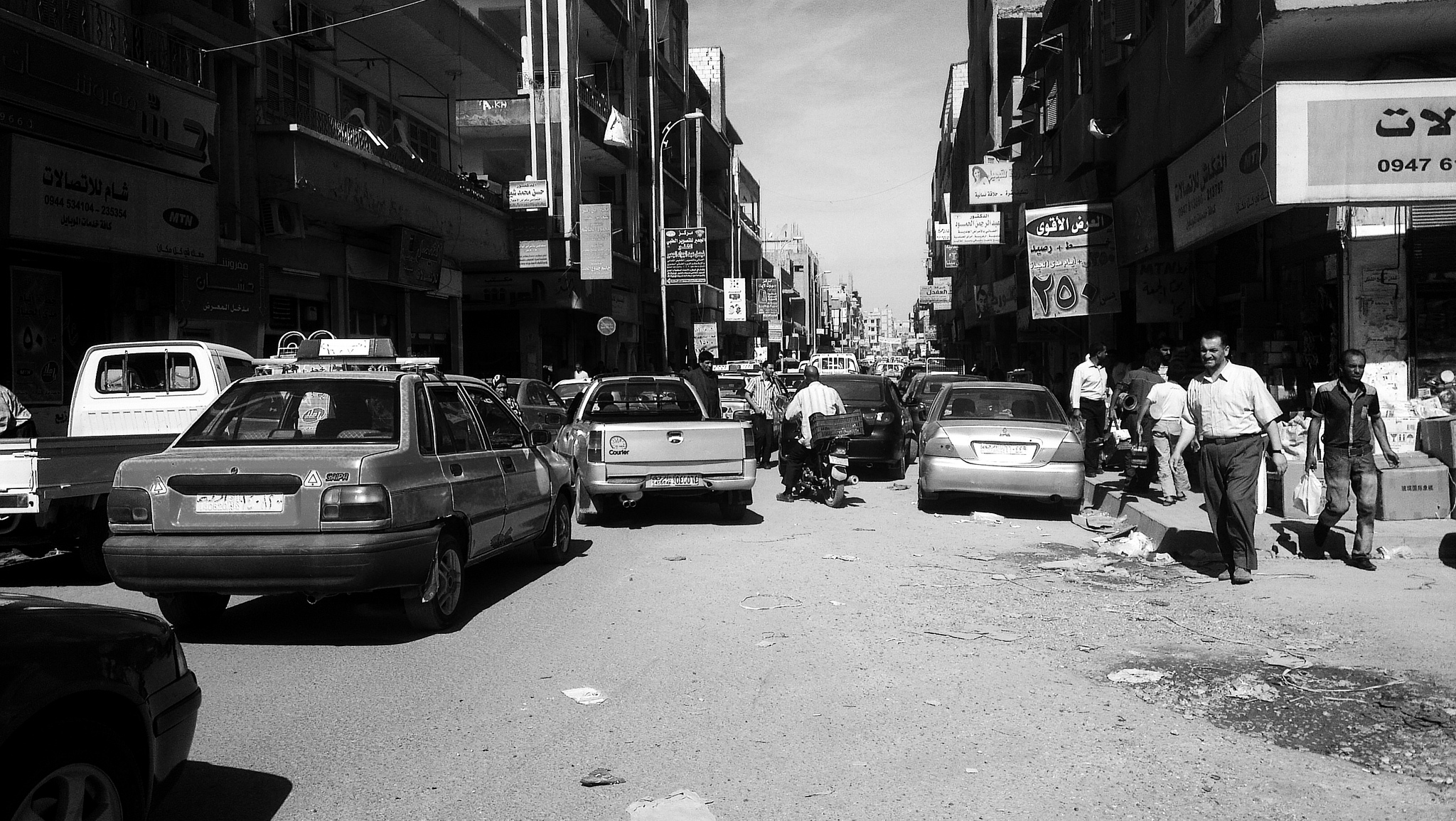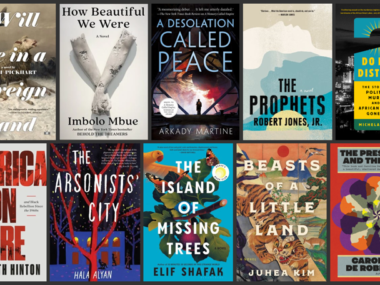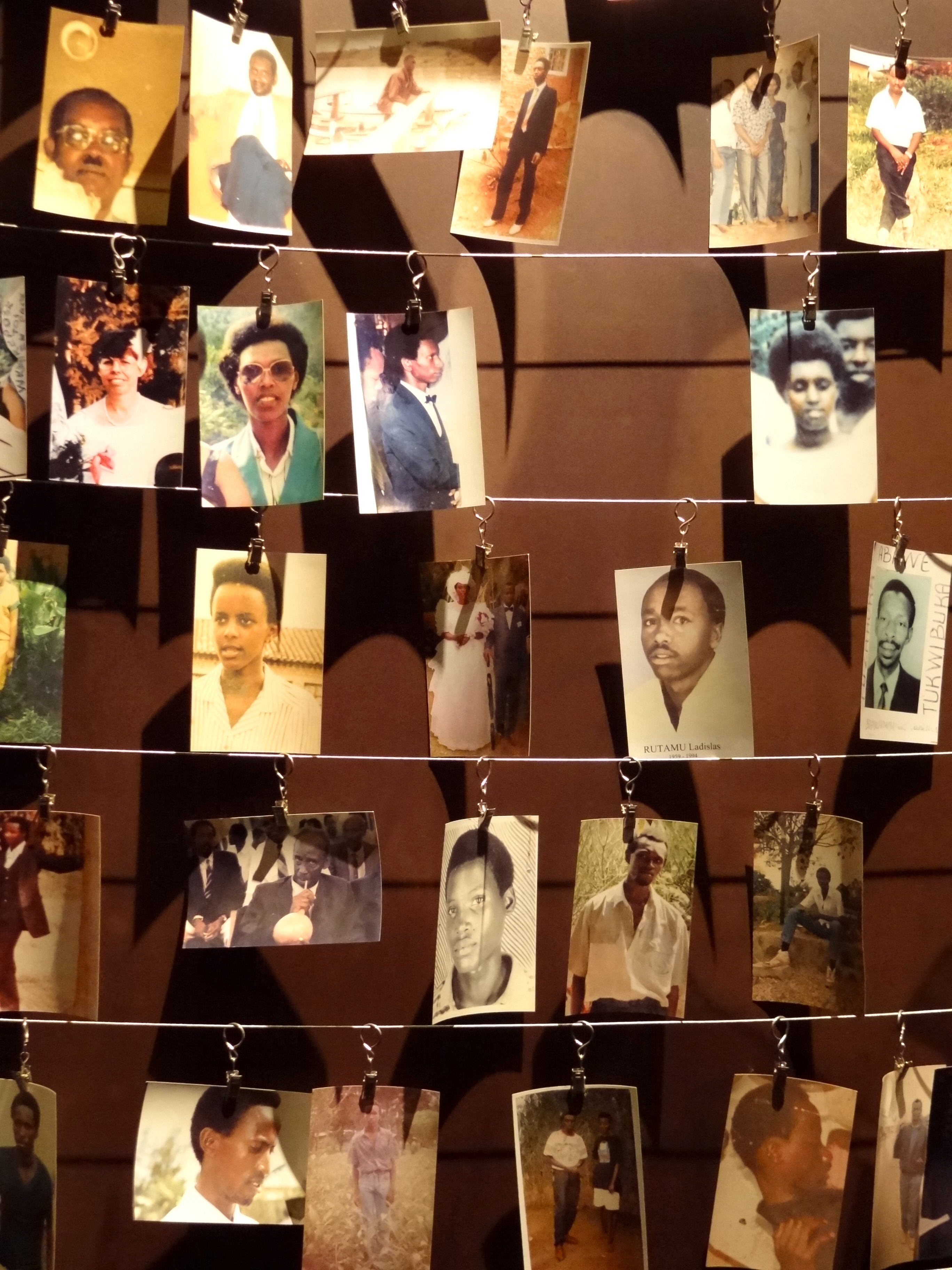By Patrick Pierson.
Late last week, US Deputy Ambassador Michele Sison stood before the UN Security Council and renewed calls for the implementation of a 2015 peace agreement in South Sudan. This echoed recent calls from IGAD (the Intergovernmental Authority on Development, an East African regional bloc) to revitalize the peace accord and move forward with its implementation. While a return to the 2015 agreement is laudable in its own right, the conflict’s evolution over the past two years means peace will remain elusive, with or without the peace accord. Here’s why.
Since its inception in December 2013, the conflict in South Sudan has displaced millions – there are now well over 2 million IDPs and one million international refugees. The largest IDP camp in Bentiu, currently protected by UNMISS (the United Nations Mission in South Sudan), is now the second-largest urban area in the country. Uganda alone is home to more than 900,000 South Sudanese, nearly 90% of whom are women and children. Bidi Bidi, formerly a small village in northern Uganda, now boasts the world’s largest refugee camp.
This is a big problem. Even assuming a peace deal could be, current levels of displacement portend a bevy of challenges ahead. As Stephanie Schwartz noted at Monkey Cage, the return of displaced persons presents an entirely new set of challenges in the ‘post-civil war’ phase. In short, war doesn’t merely result in near-term disruptions of livelihoods; on the contrary, social capital and communal solidarity erode, and new lines of hostility and contestation often emerge between those who fled and those who remained.
Second, the head of the UN mission in South Sudan, David Shearer, recently noted that the war is changing. What began largely as a conflict between ethnic forces of President Salva Kiir and former VP Riek Machar (Kiir is from the Dinka tribe, Machar is Nuer) is now a highly fractionalized conflict with dozens of armed factions (more than 40 militias are involved). In addition, reports of armed disputes over land and cattle grazing rights have surged, along with indiscriminate attacks on civilians. These conflicts no longer fall neatly along Nuer-Dinka lines, as evidenced by increasing intra-Dinka violence.
In short, the conflict landscape is now much more complicated, with a host of new actors and new agendas participating in violence. This fits well with what we know about civil wars more generally. Stathis Kalyvas’ seminal work reveals that much of the violence in civil wars is rooted in local issues and community-level contestation. Similarly, Séverine Autesserre points to local conflicts over land issues as a key driver of violence in the DRC.
What does this mean for peace prospects in South Sudan?
While both regional and international actors continue to call for a revitalization of the 2015 peace deal, the changing face of war means the accord is increasingly ill-equipped to address long-term challenges to peace. The dislocation of 3+ million persons (representing 25% of the country’s population) has serious implications for social cohesion and post-war resettlement. In addition, the proliferation of local militias and other armed actors means that a deal between Machar and Kiir represents an ever-smaller percentage of armed combatants in South Sudan.
While the likelihood of a quick fix in South Sudan appears unlikely, there is still reason for hope. As the costs of war increase, a window of opportunity may appear (as evidenced – maybe – by a recent delegation from Juba that met with opposition leader Machar in South Africa). Key regional players, especially Uganda’s President Museveni, may also be able to pressure Juba towards peace (when fighting first broke out in 2013, Uganda assertively intervened on behalf of Kiir’s government forces). As the humanitarian burden deepens, regional players’ support may falter and Kiir might be pressured towards finding a solution.
Historically, one of the most pressing challenges confronting successful negotiated settlements in intrastate disputes is credible-commitment problems. Without an outside force that is willing and able to enforce terms of the agreement, both sides face serious security threats should they choose to demobilize and their opponents do not. While the UNMISS mission has been present in South Sudan since the country’s birth in 2011, present circumstances clearly demonstrate the current mission’s inability to enforce peace provisions (also evidenced by accusations of the mission’s ineffective protection of civilians).
South Sudan faces a tough road ahead – there are opportunities, however, to move towards peace and long-term stability. As the situation evolves, the international community must ready itself to step in and credibly protect any settlement between Kiir and Machar. Without a renewed and deepened commitment to protect the fragile peace in South Sudan, calls for “revitalization” of the deal are fool’s gold. Peace on paper is the easy part; peace in practice requires much, much more.
Patrick Pierson is a PhD student in Political Science at Emory University. You can follow him on Twitter @plpierson.

